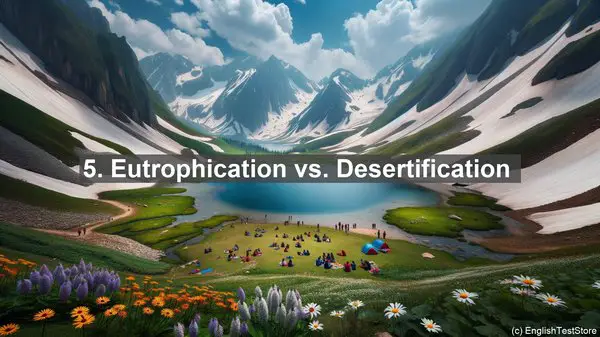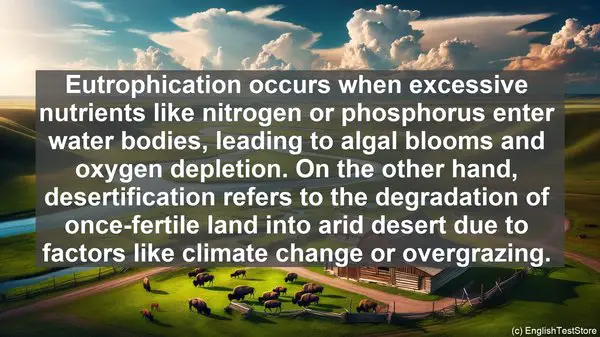Introduction
Welcome to our educational lesson on Integrated Water Resources Management. Today, we’ll be discussing the top 10 commonly confused words in this field. Understanding these distinctions is crucial for effective communication and problem-solving. So, let’s dive right in!
1. Quantity vs. Quality
When we talk about water, quantity refers to the amount available, while quality refers to its suitability for specific purposes. For instance, a region might have abundant water (quantity), but if it’s polluted, it’s of poor quality. Balancing both aspects is vital for sustainable water management.

2. Surface Water vs. Groundwater
Surface water is visible in rivers, lakes, or reservoirs, while groundwater is found beneath the Earth’s surface. While surface water is more susceptible to pollution, groundwater is often harder to access. Properly managing both sources is essential for meeting diverse water needs.
3. Point Source vs. Non-Point Source Pollution
Point source pollution comes from identifiable sources like factories or sewage treatment plants, while non-point source pollution is diffuse and challenging to trace, such as agricultural runoff. Identifying the source of pollution is crucial for effective remediation strategies.
4. Water Scarcity vs. Water Stress
Water scarcity refers to a lack of available water resources, while water stress is the difficulty in accessing adequate water due to various factors like population growth or pollution. Both situations require targeted interventions to ensure water security.
5. Eutrophication vs. Desertification
Eutrophication occurs when excessive nutrients like nitrogen or phosphorus enter water bodies, leading to algal blooms and oxygen depletion. On the other hand, desertification refers to the degradation of once-fertile land into arid desert due to factors like climate change or overgrazing.
6. Infiltration vs. Runoff
When it rains, water can either infiltrate into the ground, replenishing groundwater, or it can run off the surface, potentially causing erosion and flooding. Balancing infiltration and runoff is crucial for maintaining water availability and preventing disasters.
7. Transpiration vs. Evaporation
Both transpiration and evaporation involve the movement of water into the atmosphere. Transpiration specifically refers to water loss from plants’ leaves, while evaporation is the conversion of liquid water to vapor, often from surfaces like lakes or oceans.
8. Drought vs. Aridity
Drought is a temporary period of significantly reduced precipitation, leading to water scarcity. Aridity, on the other hand, is a long-term climatic condition characterized by low rainfall and high evaporation rates. Understanding these distinctions helps in appropriate water management planning.
9. Resilience vs. Adaptation
Resilience refers to the ability of a system to withstand and recover from disturbances, like a drought. Adaptation, on the other hand, involves making long-term changes to cope with new conditions, such as implementing water-saving technologies. Both concepts are vital for climate change preparedness.

10. Governance vs. Management
Governance encompasses the policies, regulations, and decision-making processes related to water resources, while management focuses on the practical implementation of those policies. Effective governance and management are both essential for sustainable water use and equitable distribution.
